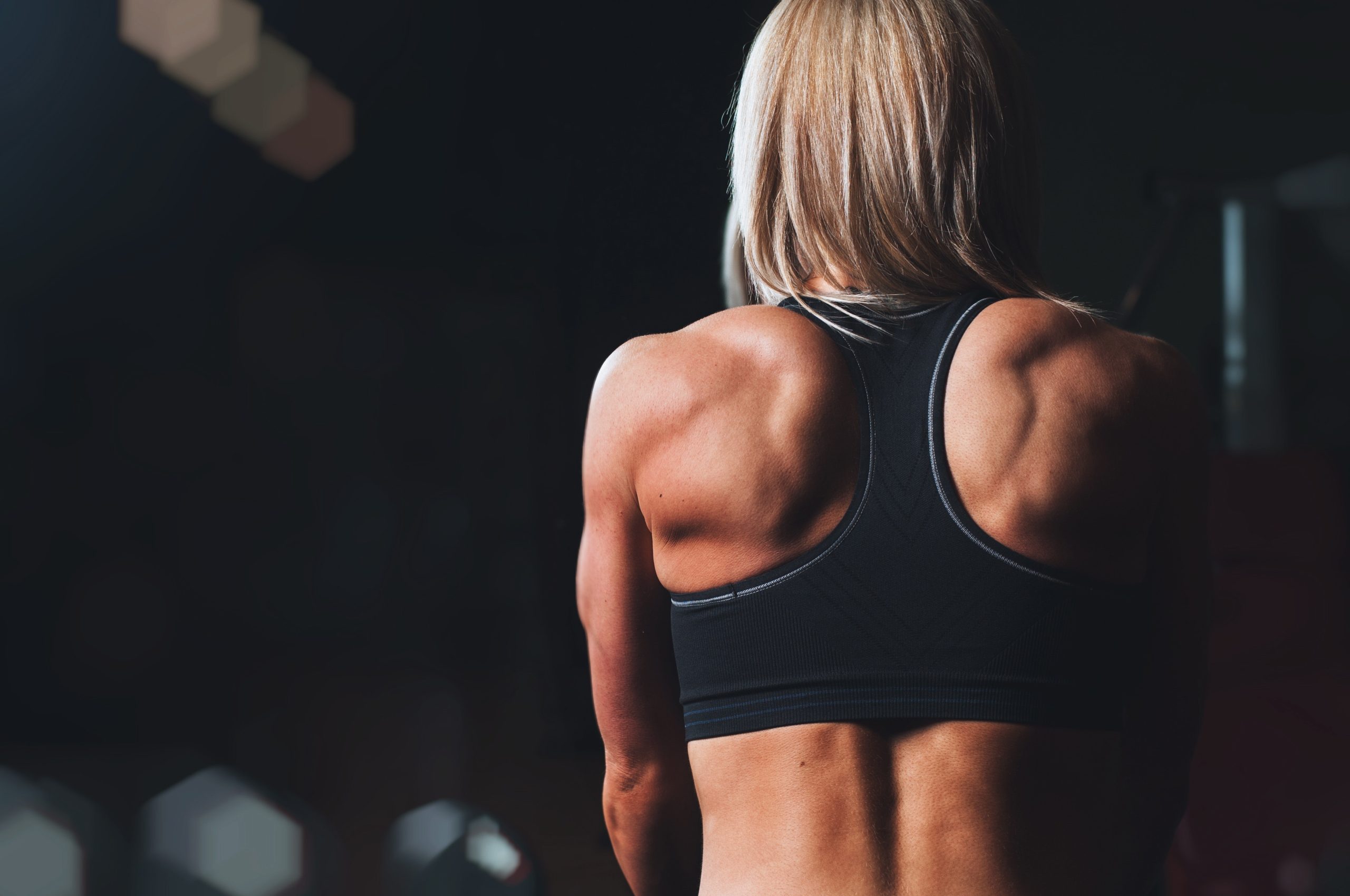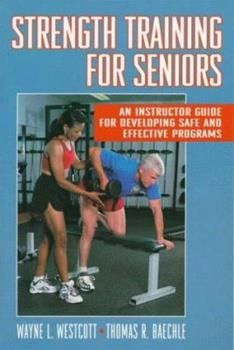
Beginner’s Guide to Weightlifting Equipment
admin
- 0
Weightlifting is a fantastic way to build strength, burn fat, and improve overall fitness. However, if you’re new to weightlifting, stepping into a gym filled with unfamiliar equipment can be quite overwhelming. This beginner’s guide aims to help you understand the different types of weightlifting equipment and their uses, allowing you to feel confident and comfortable during your workouts.
Dumbbells
Dumbbells are among the most versatile and common weightlifting equipment. They are handheld weights available in various sizes, making them suitable for beginners and advanced lifters alike. They can be used to target specific muscle groups or incorporated into full-body exercises. Dumbbells are great for building strength and improving muscle definition.
Barbells
Barbells are longer and heavier than dumbbells and feature a bar with weights attached to each end. They are commonly used for compound exercises, such as squats, deadlifts, and bench presses. Barbells allow you to lift heavier weights and engage multiple muscle groups simultaneously. They are excellent for building overall strength and power.
Weight Plates
Weight plates are circular and flat discs that are placed on barbells or dumbbells to increase resistance. They come in various sizes and weights, allowing you to adjust the intensity of your workout. Weight plates are essential for progressive overload, which is crucial for muscle growth and strength development.
Weight Bench
A weight bench is a sturdy piece of equipment designed to support various weightlifting exercises. It allows you to perform movements such as bench presses, incline presses, and dumbbell rows with proper form and stability. A weight bench is an essential addition to any home or commercial gym.
Kettlebells
Kettlebells are cast iron weights resembling a cannonball with a handle. They are popular for dynamic movements that engage multiple muscle groups and improve cardiovascular fitness. Kettlebell exercises, like swings and snatches, require proper technique and coordination. They provide an excellent mix of strength and cardio training.
Resistance Bands
Resistance bands are stretchable bands that provide external resistance when stretched. They are lightweight, portable, and versatile, making them perfect for home workouts or when traveling. Resistance bands can be used to target various muscle groups and are ideal for warm-up exercises or adding extra resistance to bodyweight exercises.
Weightlifting Gloves
Weightlifting gloves are padded gloves designed to protect your hands and provide a better grip on equipment like dumbbells and barbells. They can help reduce pressure on the palms and prevent calluses from forming. While weightlifting gloves are not mandatory, they are beneficial for individuals who experience discomfort or prefer added hand support.
Lifting Straps
Lifting straps are made of strong fabric or leather and wrap around your wrists and the handles of barbells or dumbbells. They enhance your grip strength and prevent weights from slipping out of your hands during heavy lifts. Lifting straps are particularly useful when performing exercises like deadlifts or rows, where grip strength can be a limiting factor.
Weightlifting Belt
A weightlifting belt is a wide and sturdy belt that supports your lower back and core during heavy lifts. It provides stability and reduces the risk of injuries by increasing intra-abdominal pressure. Weightlifting belts are commonly used in exercises like squats, deadlifts, and overhead presses. Proper usage and fitting of a weightlifting belt are essential to maximize its benefits.
Conclusion
Now that you have a basic understanding of weightlifting equipment, you are better prepared to embark on your weightlifting journey. Start with the basics such as dumbbells and gradually incorporate more equipment as you become more comfortable. Remember to focus on proper form, start with lighter weights, and gradually increase the intensity of your workouts. Happy lifting!

